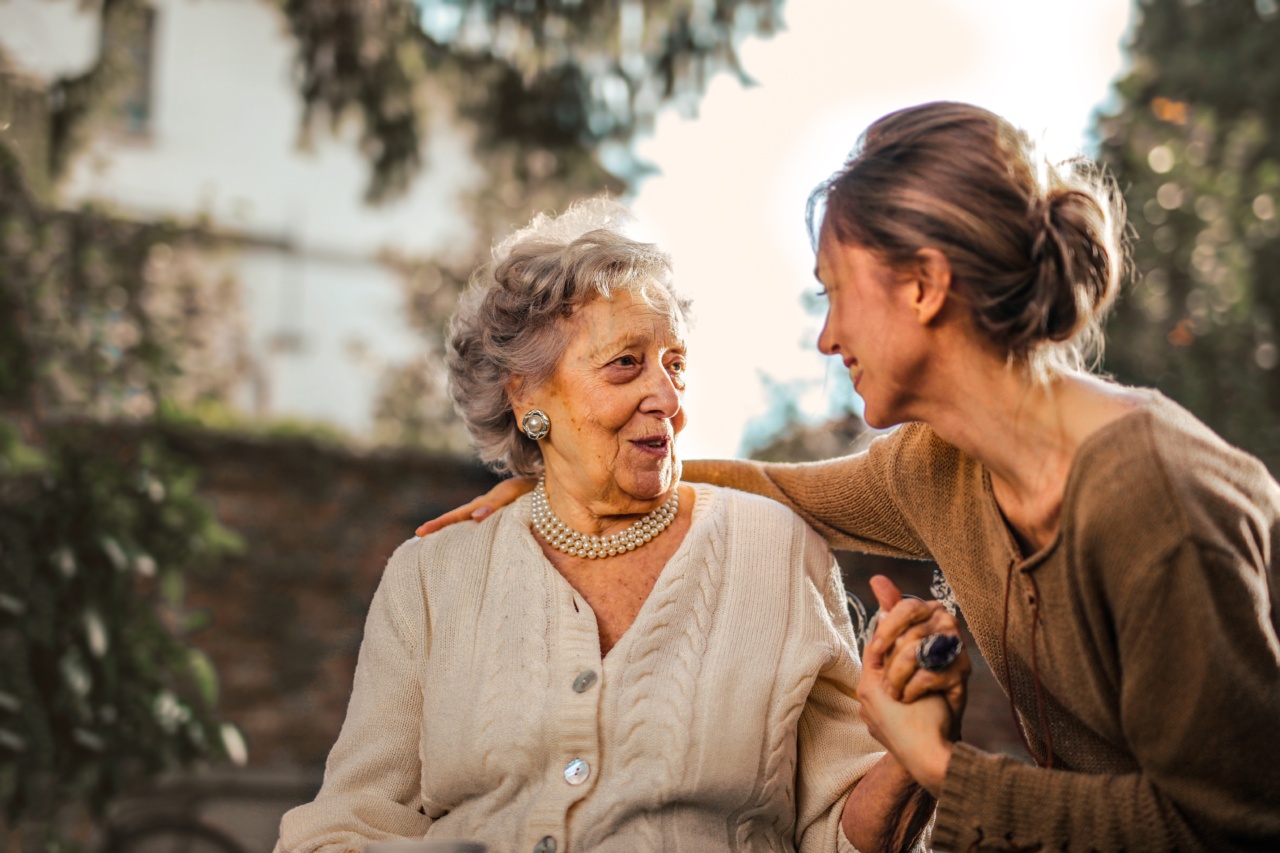When it comes to relationships, there is often a common question that lingers in the minds of many: does he prefer a casual rendezvous or a lasting love? The answer to this question is not always straightforward and can vary greatly depending on the individual. In this article, we will delve into the factors that may influence a person’s preferences and shed light on understanding the complexities of human relationships.
The allure of a casual rendezvous
For some individuals, the idea of a casual rendezvous holds a certain appeal.
The prospect of a no-strings-attached encounter can provide excitement and thrill, especially for those who prefer to maintain their independence and avoid the potential emotional vulnerabilities of commitment. Casual relationships also allow individuals to explore their desires and experiment without the pressure of long-term expectations.
However, it is crucial to note that not everyone who seeks casual encounters does so out of a genuine preference. Some individuals may feel pressured by societal expectations or past experiences, leading them to adopt a casual approach to relationships.
In such cases, it is essential to distinguish between genuine preference and temporary circumstances.
The search for a lasting love
On the other hand, many individuals yearn for a lasting love and deep emotional connection. This desire stems from a longing for stability, intimacy, and companionship.
Building a meaningful long-term relationship often provides a sense of security and fulfillment that is not easily replicated in casual encounters.
Those who prioritize lasting love typically seek a partner who shares their values, goals, and aspirations. They invest time and effort into understanding their partner’s needs, building trust, and fostering a deep emotional bond.
In return, they hope for reciprocation, commitment, and mutual growth.
Factors influencing preferences
Understanding someone’s preference for a casual rendezvous or lasting love involves considering various internal and external factors. Some key influences may include:.
1. Personal experiences
Past relationships and experiences shape an individual’s perspective on love and commitment.
Positive experiences may lead someone to desire a lasting and meaningful connection, while negative experiences can make them wary and more inclined towards casual encounters.
2. Emotional readiness
An individual’s emotional readiness plays a vital role in their preference for a casual or committed relationship.
Some individuals may prioritize self-growth and personal development before committing to a long-term partnership, while others may feel ready to invest emotionally and build a lasting love.
3. Life circumstances
External factors such as career goals, travel plans, or personal ambitions can influence one’s preference for casual encounters or lasting love.
Those with a hectic lifestyle or uncertain future may opt for casual relationships, allowing flexibility and freedom to pursue other aspects of their lives.
4. Societal influences
Societal norms and cultural values also contribute significantly to an individual’s preference for casual or committed relationships.
In some societies, casual encounters may be more socially accepted, while others may emphasize the importance of long-term commitments and family values.
The search for balance
In reality, the preference for a casual rendezvous or lasting love rarely fits neatly into one category.
Most individuals possess a spectrum of desires and fluctuate between different relationship types depending on their current needs and circumstances.
Finding the right balance between casual encounters and lasting love often involves open communication, self-reflection, and adaptability.
It is crucial for individuals to understand and articulate their own preferences while respecting the needs and desires of their partners.
Conclusion
The question of whether someone prefers a casual rendezvous or a lasting love is a complex one, influenced by personal experiences, emotional readiness, life circumstances, and societal influences.
It is essential to approach these preferences with understanding, recognizing that they may evolve and change over time.




























